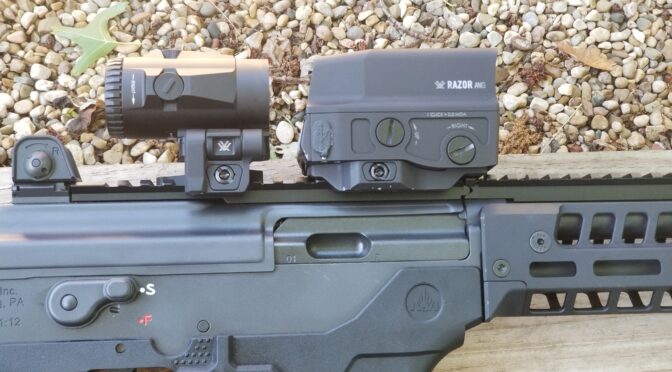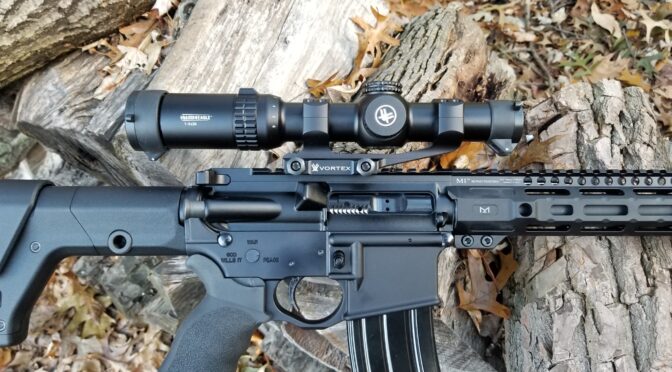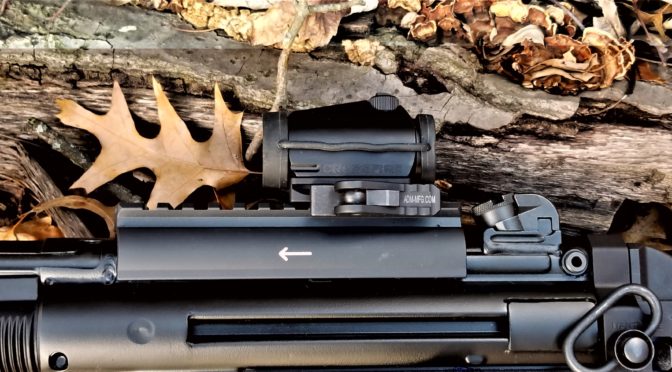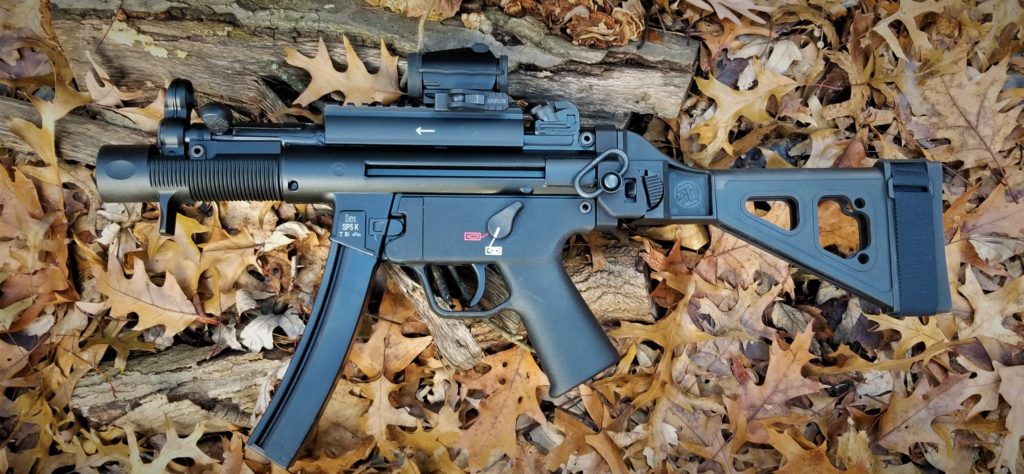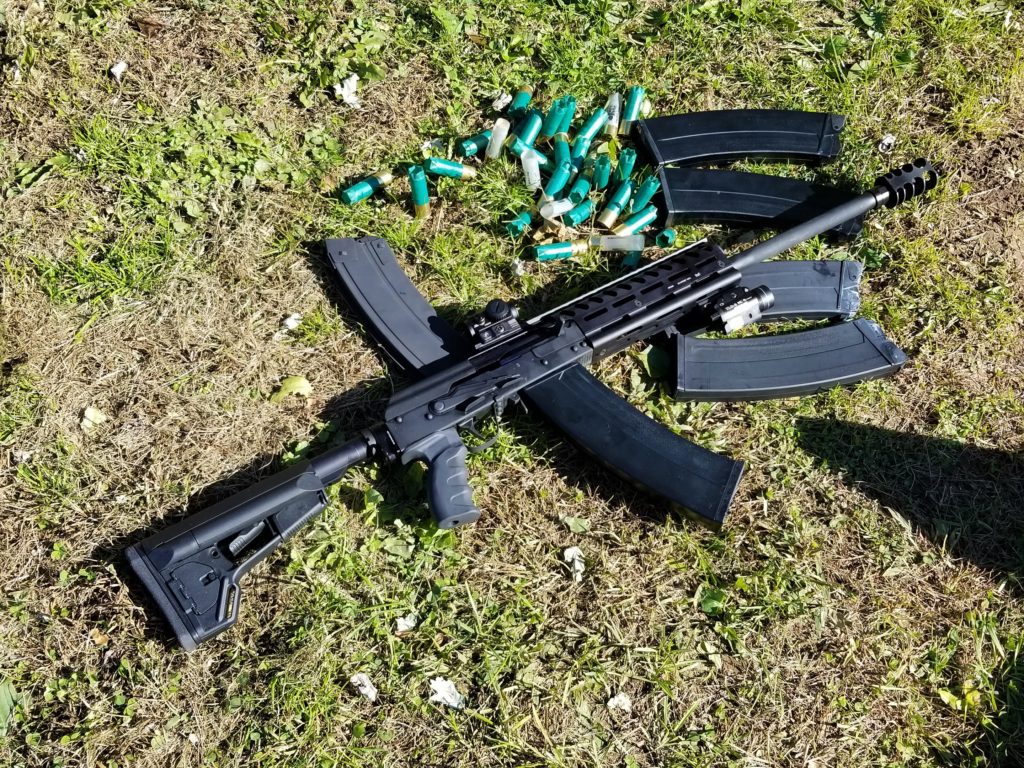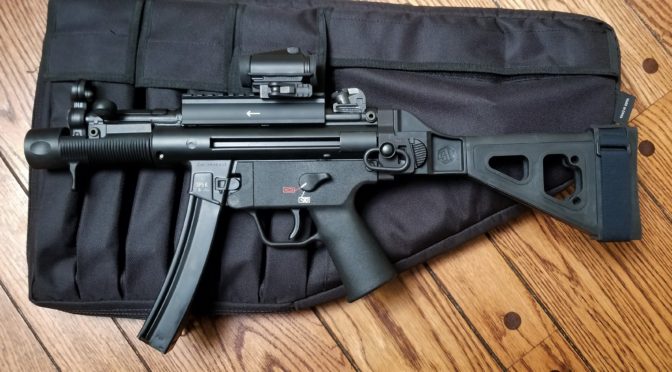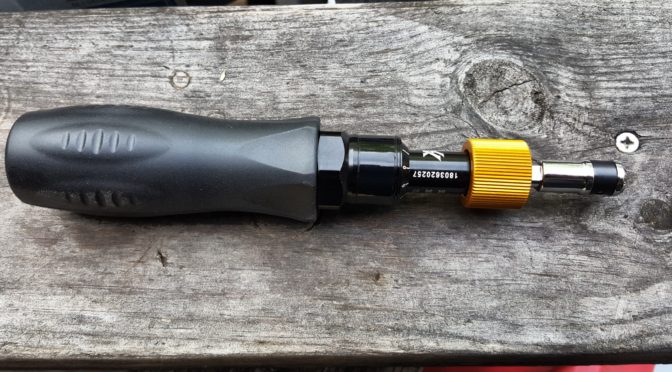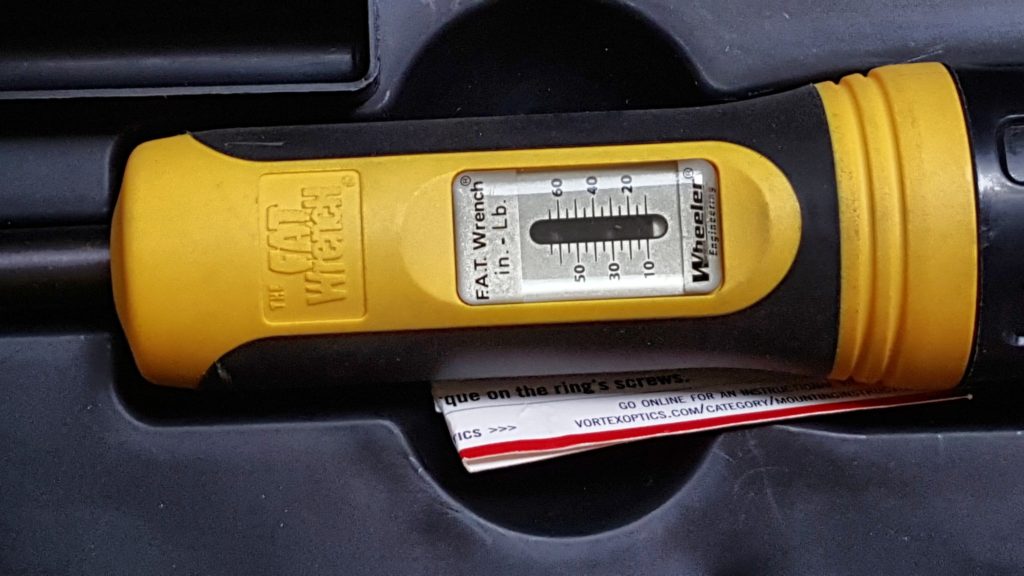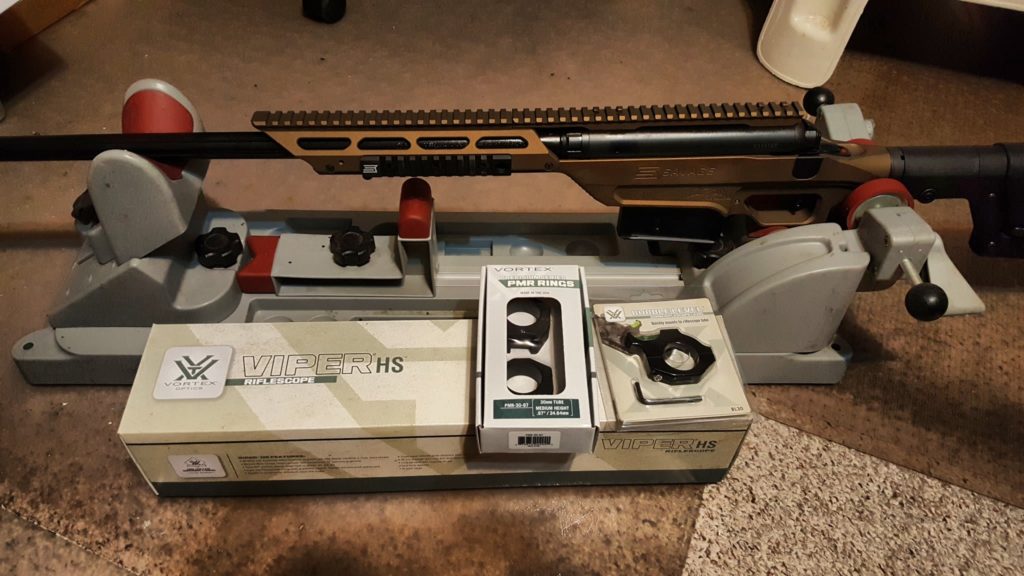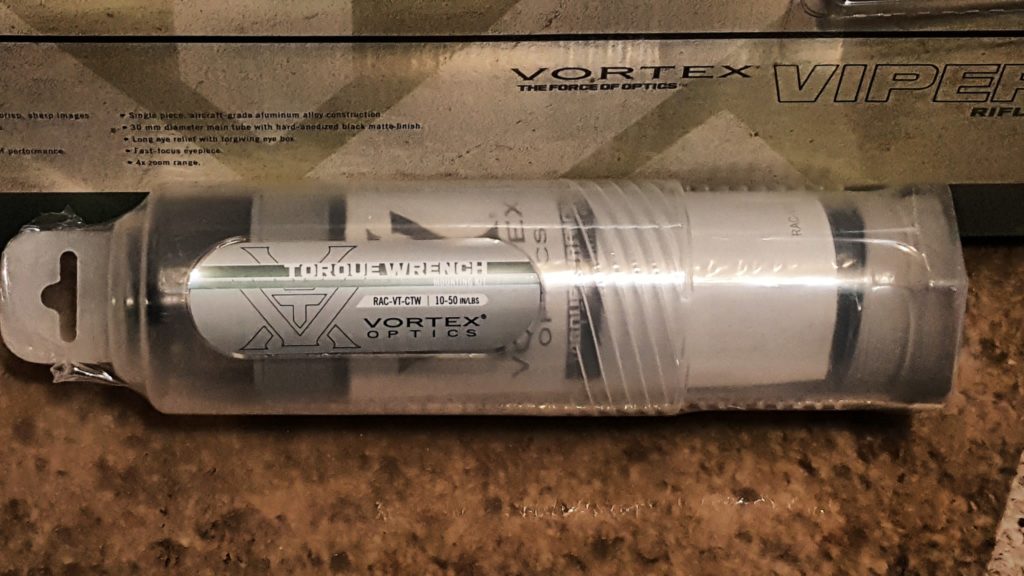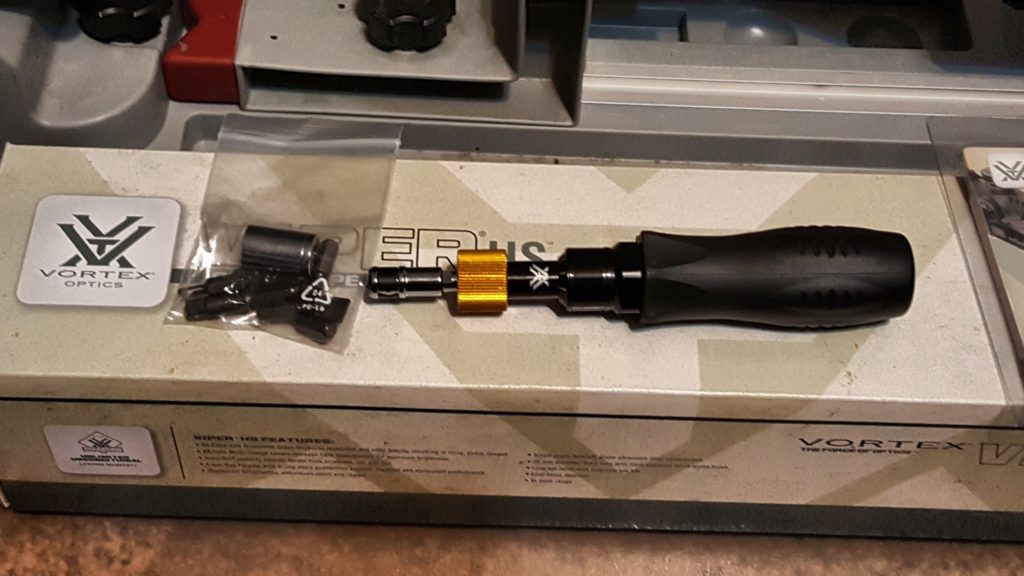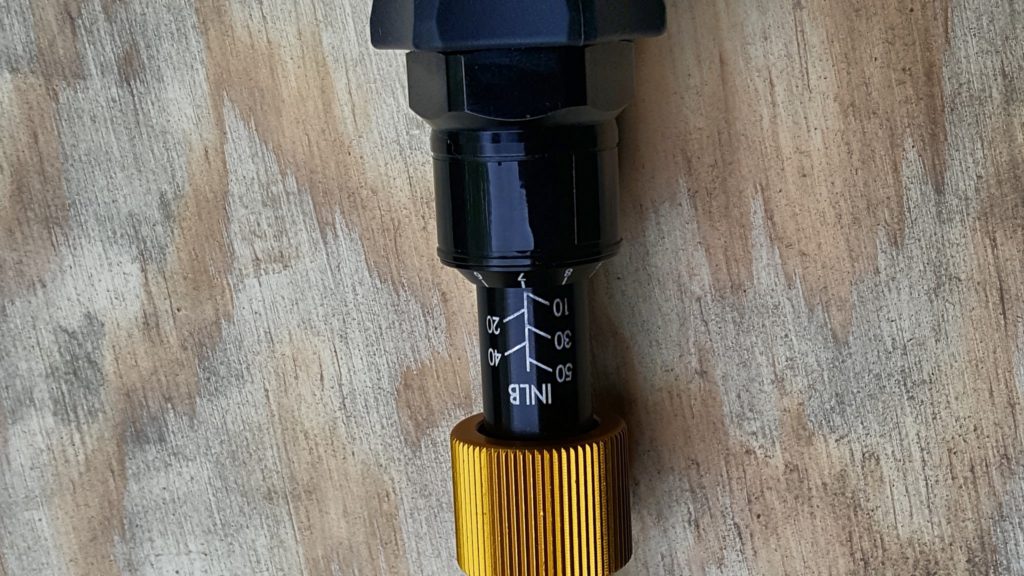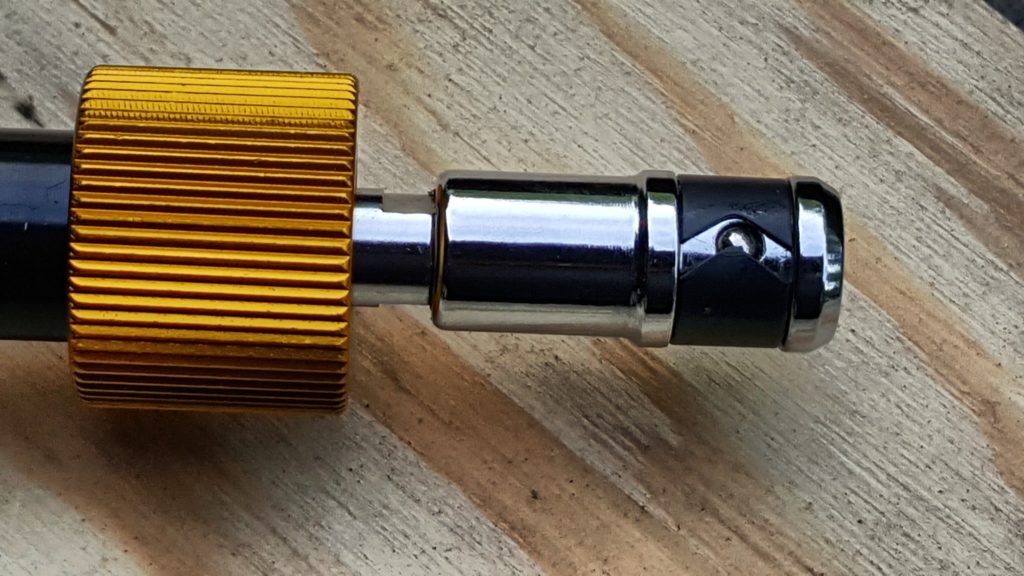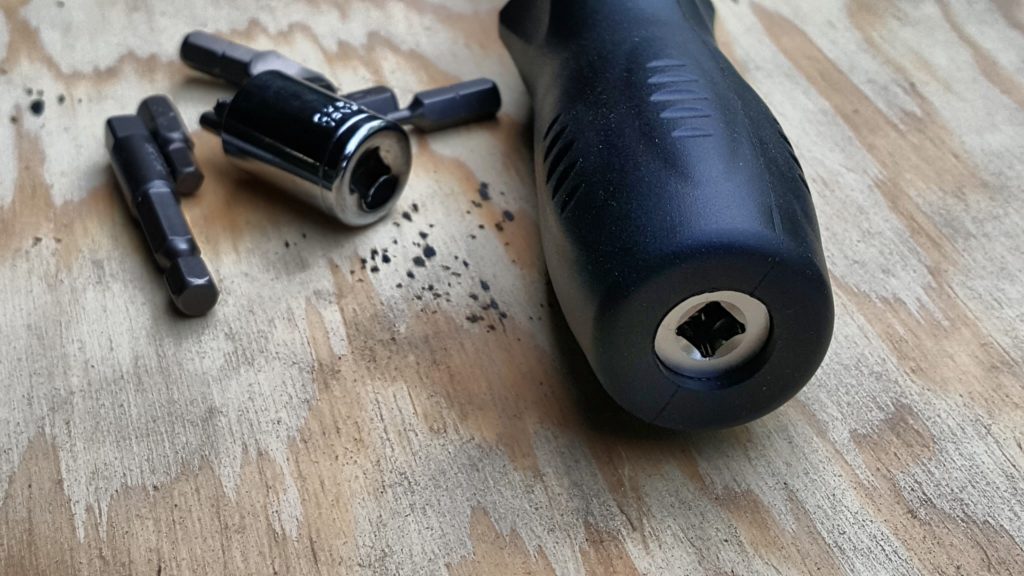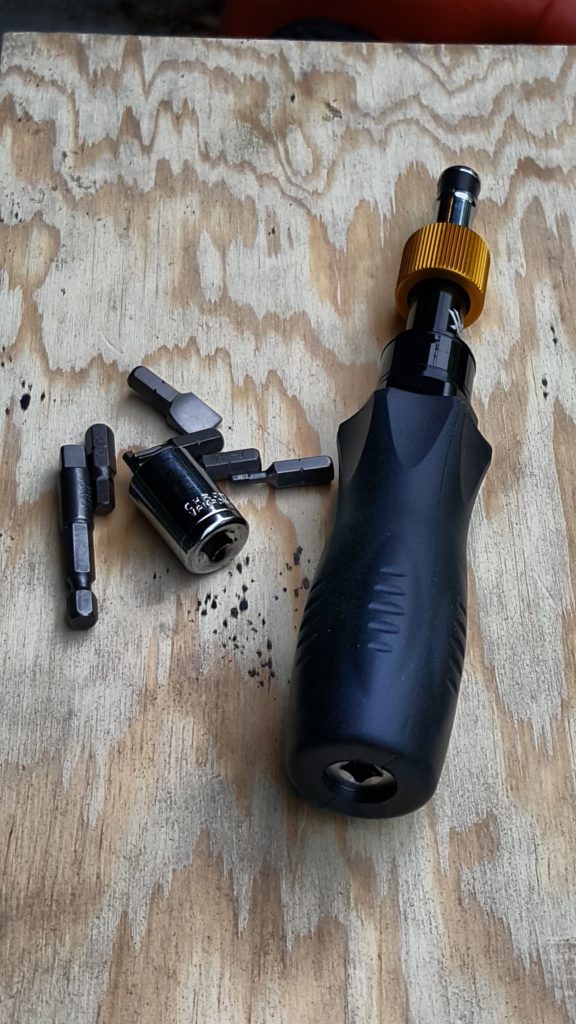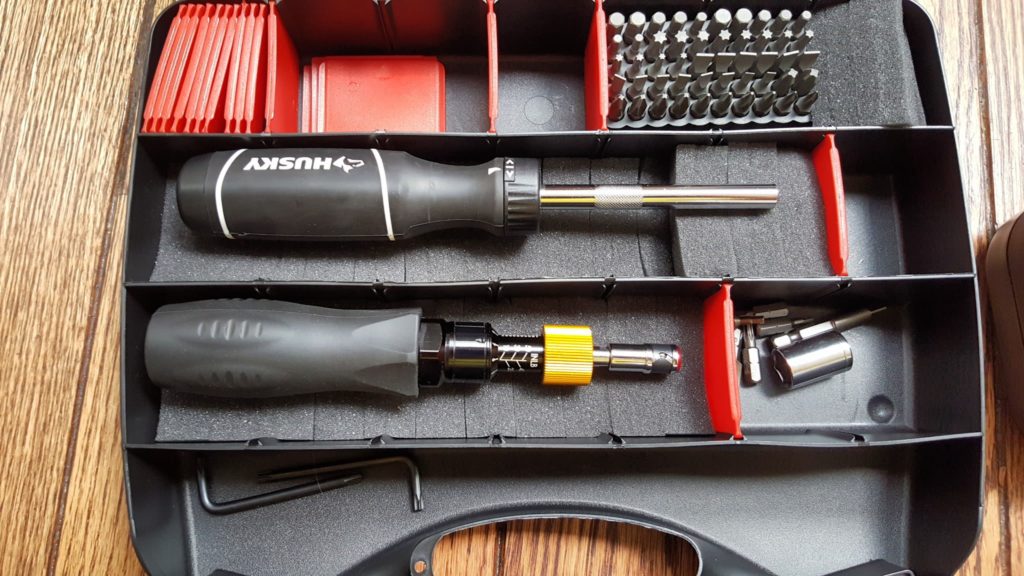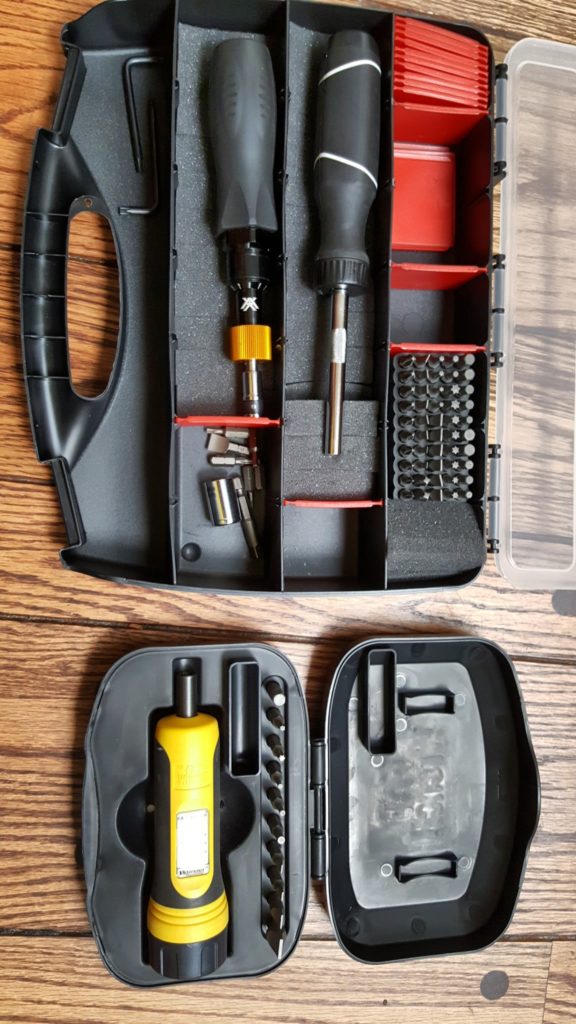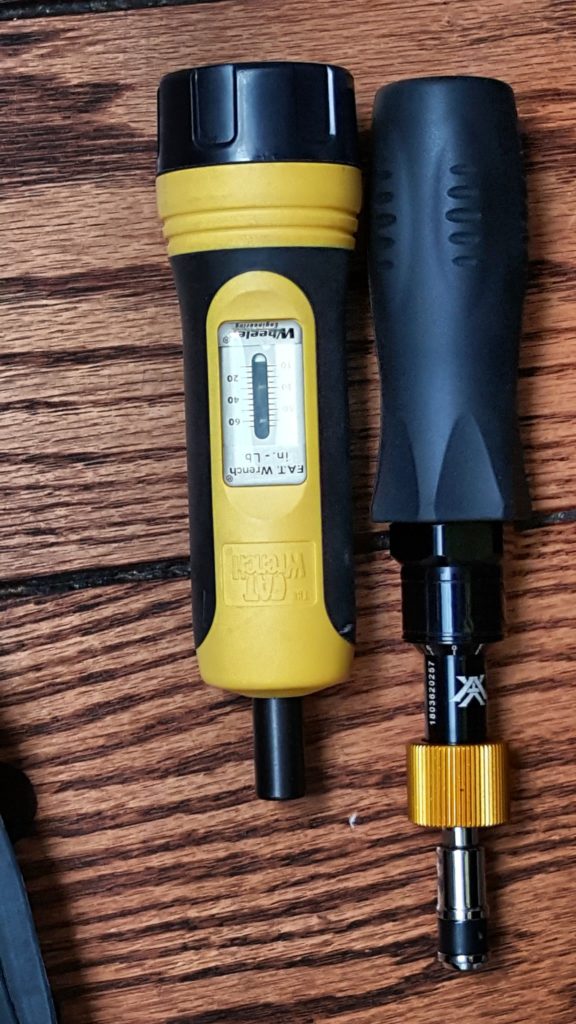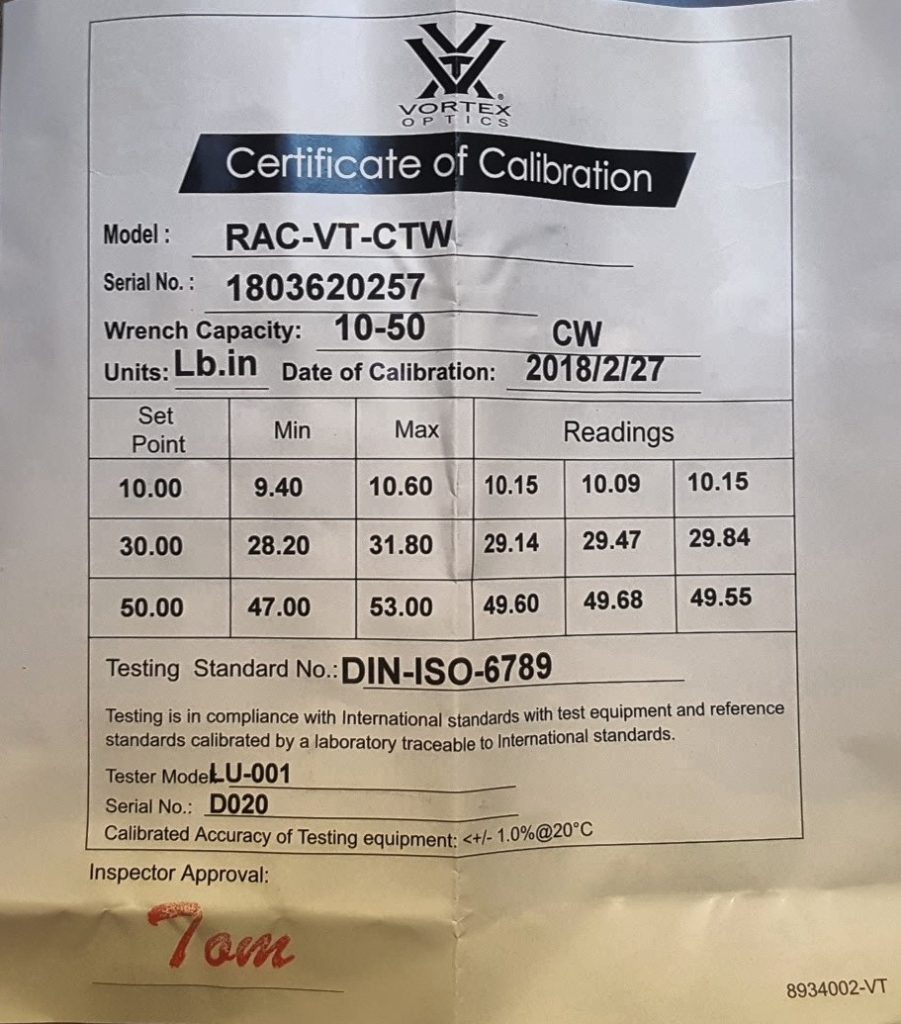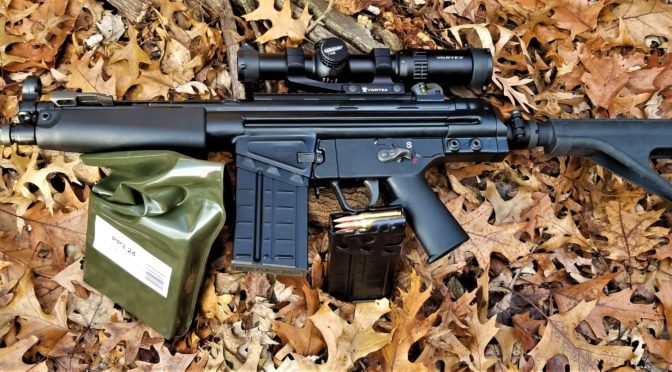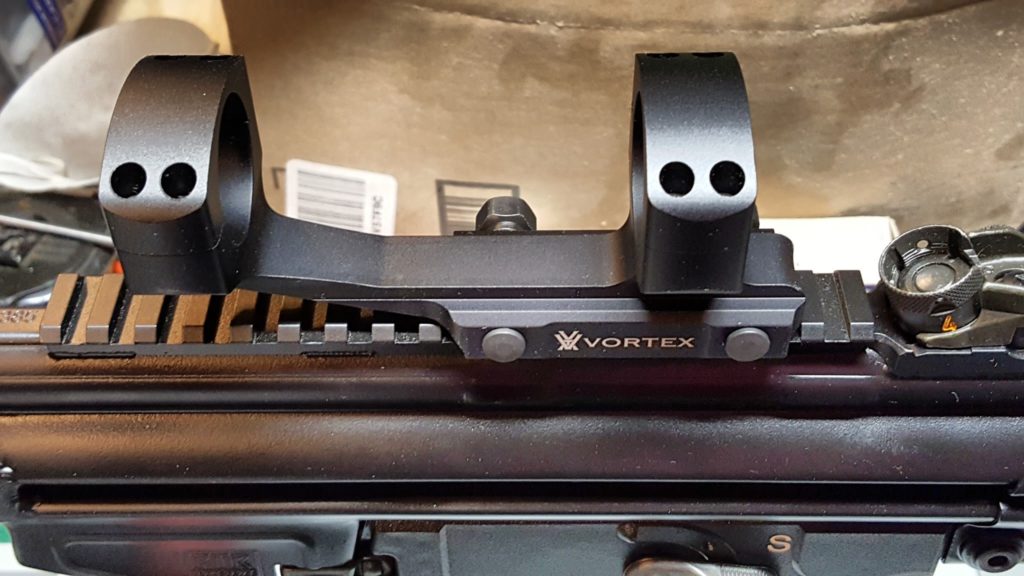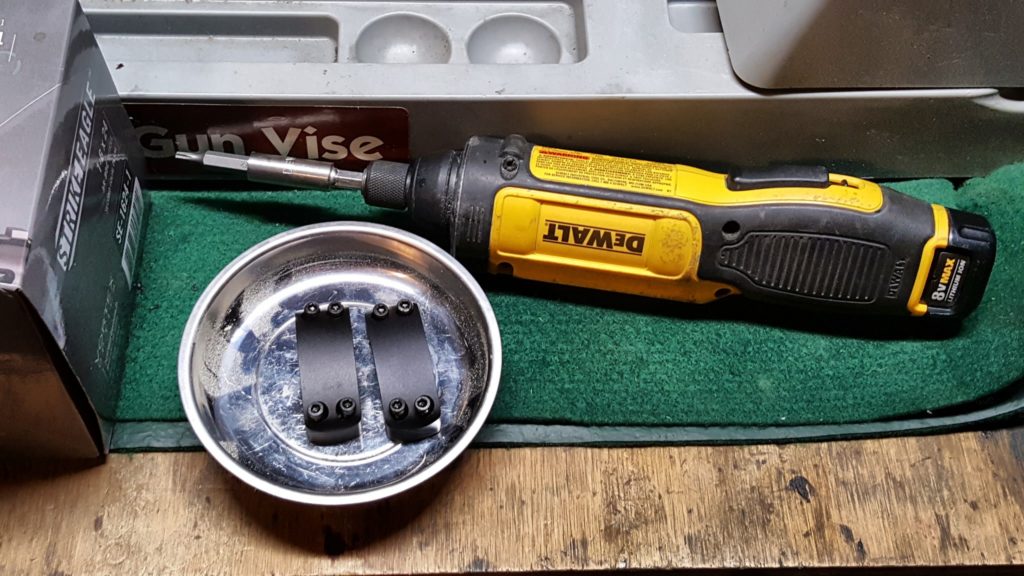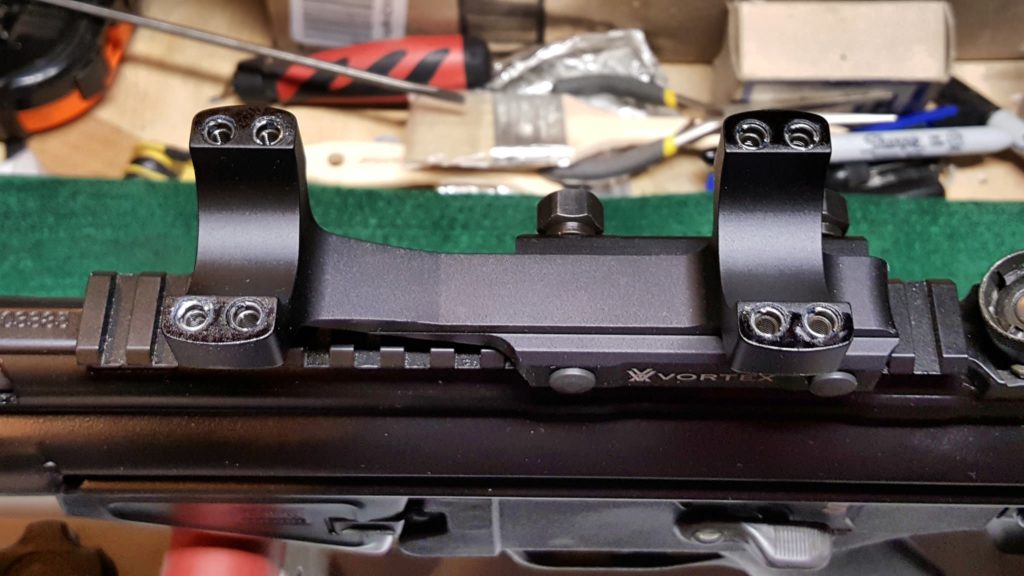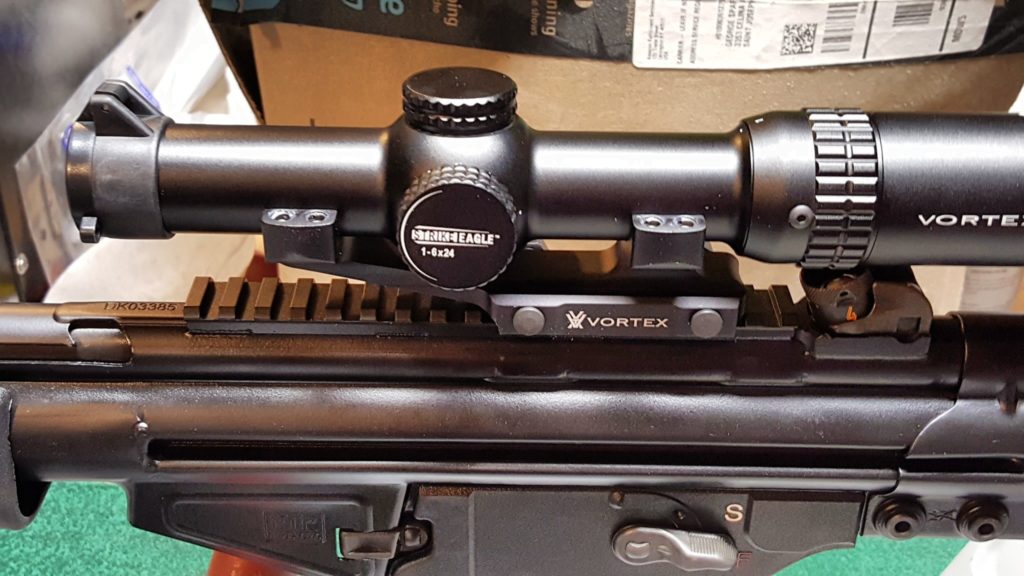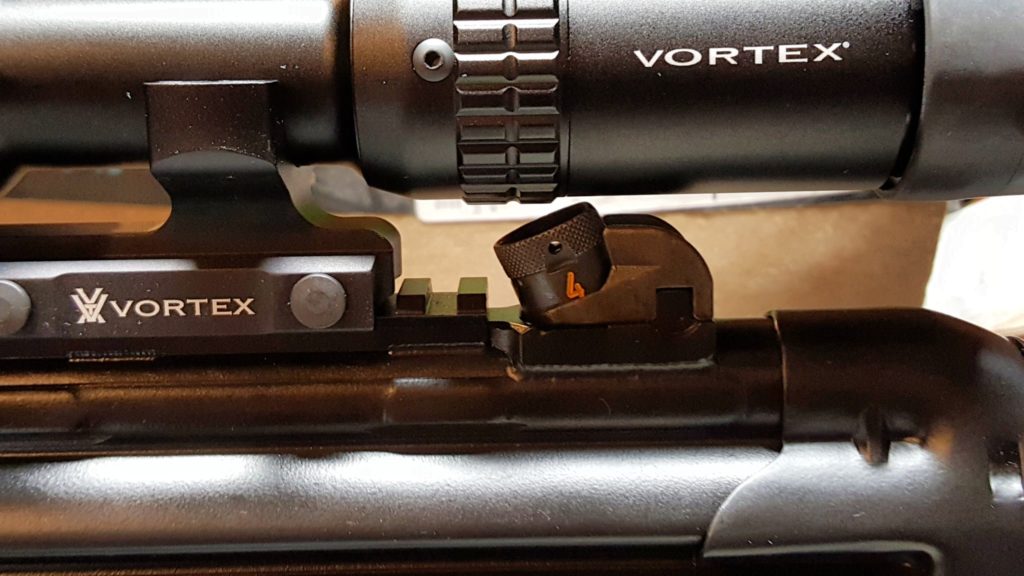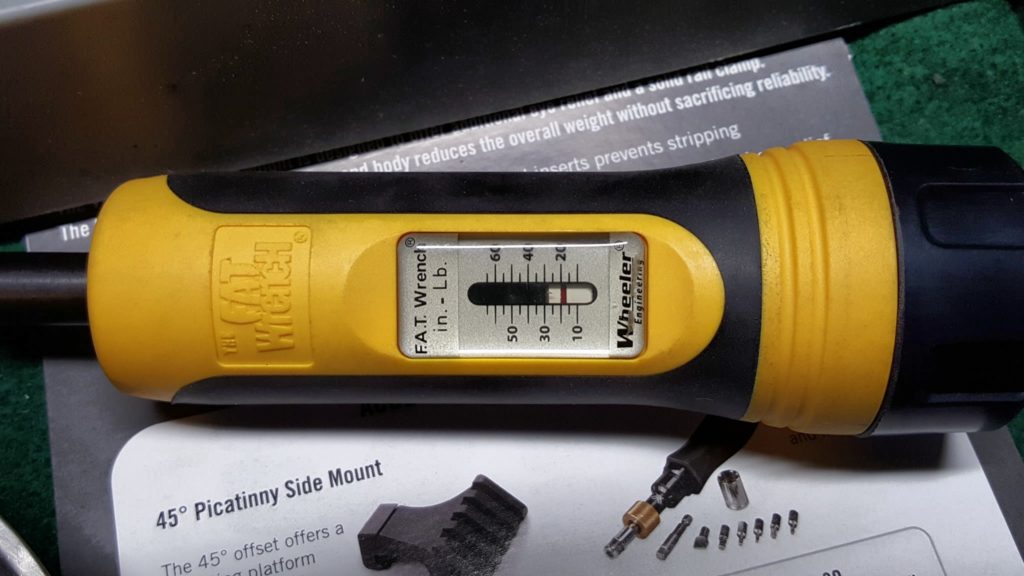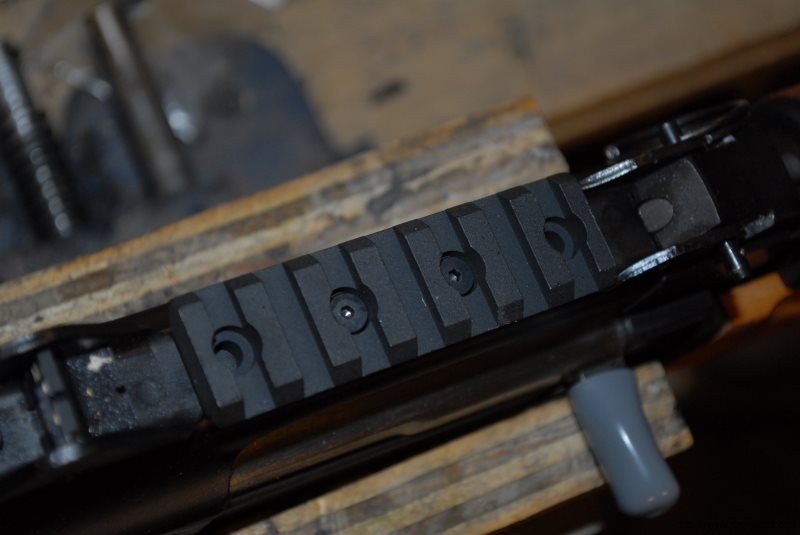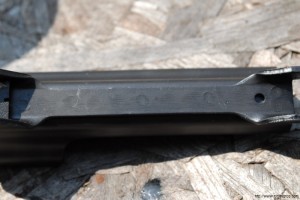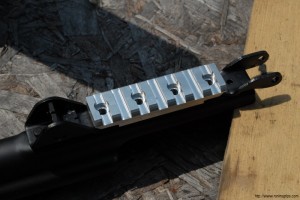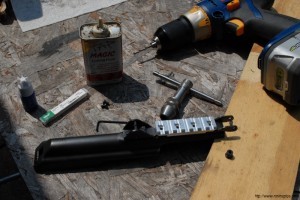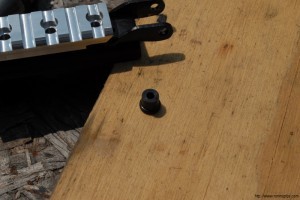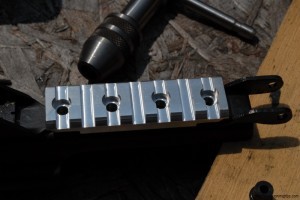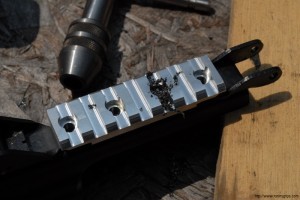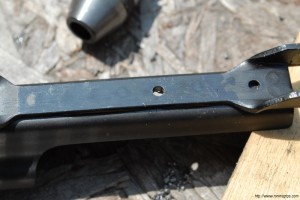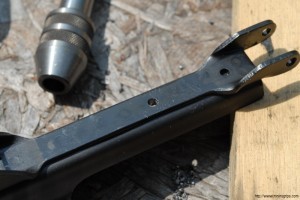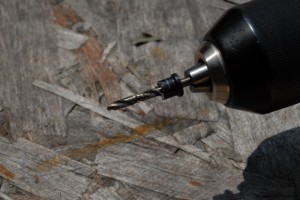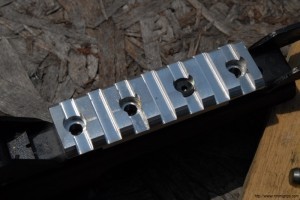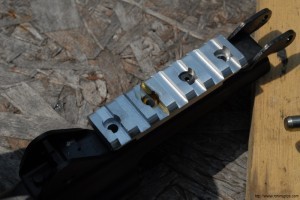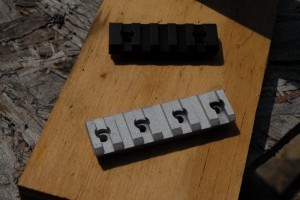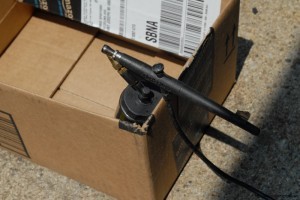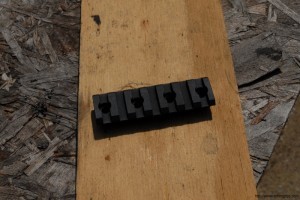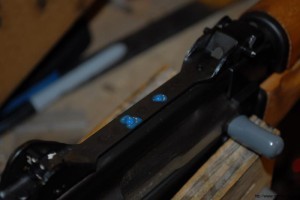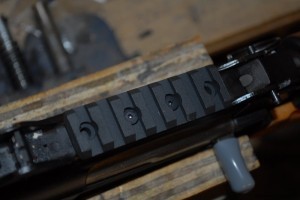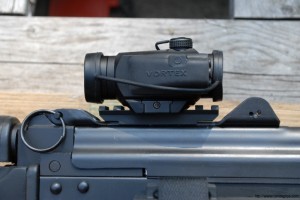Well, the pandemic threw all my plans right out the window including having time to go to the range. I bought and customized my 7.62×51/.308 Galil Ace Pistol in the Fall of 2019 and just recently was able to take it to the range with my daughter and good friend Niko.
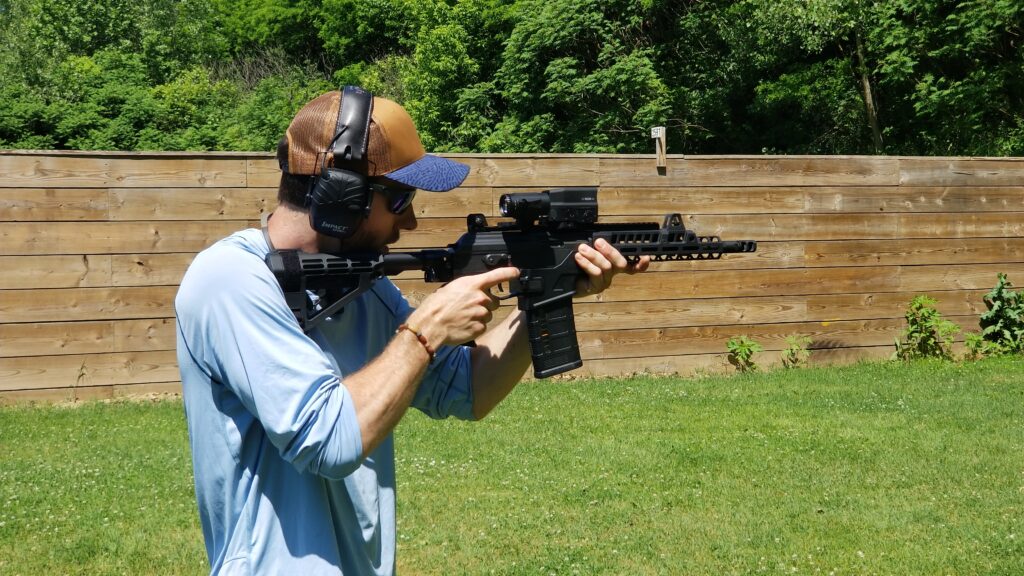
When I was planning the customization of the Ace, I wanted a holographic sight for rapid target acquisition in close, parallax free viewing and also a magnifier to help me out to a hundred yards or so. By the way, tons of guys go further even without a magnifier but this is just me.
Being a Vortex Optics fan and having read good reviews of their Razor AMG UH-1 optic, I bought one plus the V3XM Micro 3x magnifier. I have to admit that I was nervous. Years back I built an AR-15 and installed both a full size red dot and a full size 3x magnifier and honestly did not like it. The combination used a ton of top rail space due to the size of the two parts and it was heavy. To be honest, I found myself wishing I’d just bought a 1-4x or 1-6x optic at the time.
Why Bother With A Magnifier?
In case you are wondering why I even wanted the 3x magnification, it’s s a simple answer. As I get older,I find myself needing more magnification for any degree of target shooting as I get closer to 100 yards and beyond. Yeah, make fun of me but in talking with a lot of 50+ year old guys, I’m not the only one. I tend to favor 1-6 and 1-8x Vortex Strike Eagles for relatively close in optics – they are light, rugged and allow me to trade off field of view and magnification.
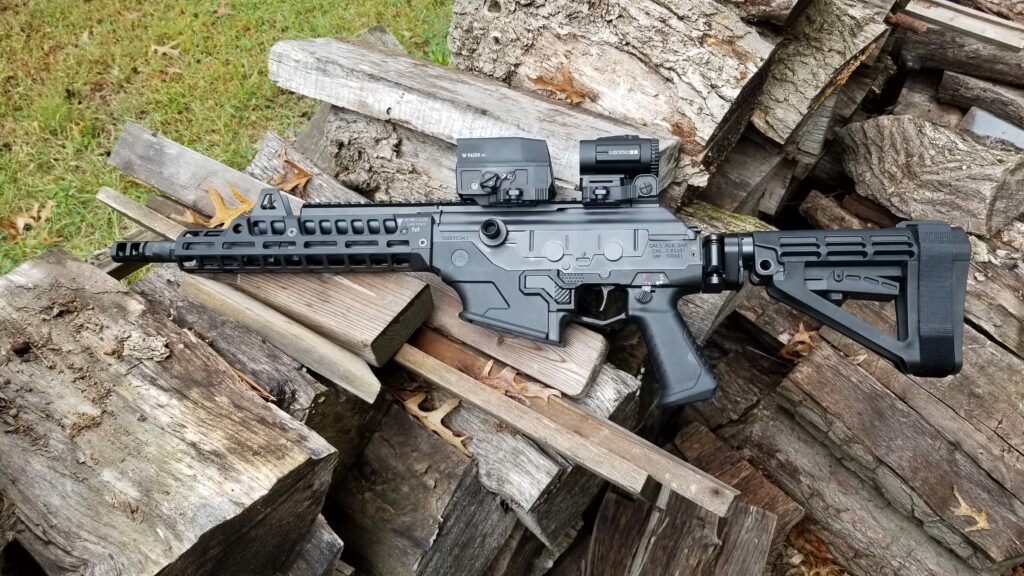
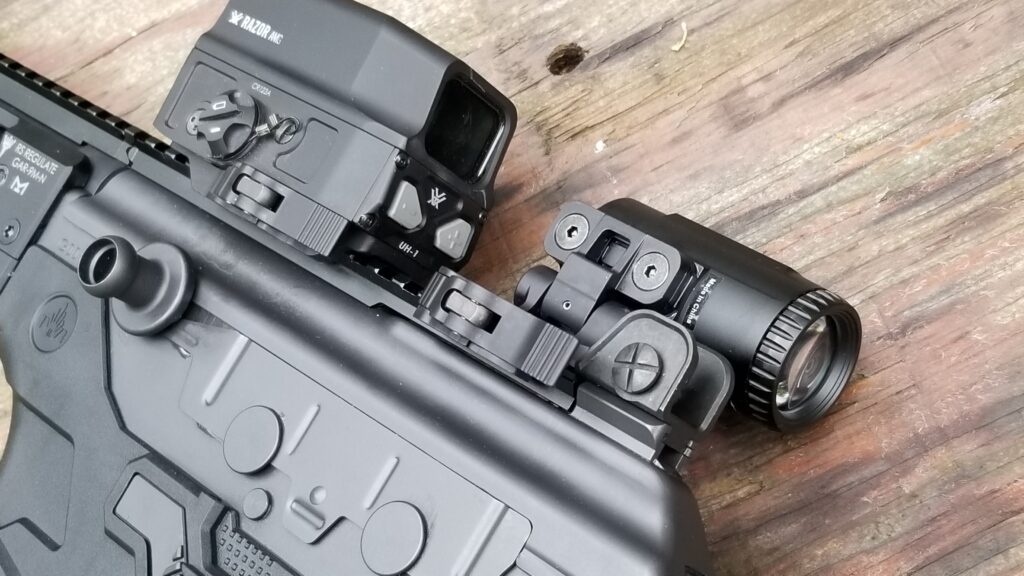
At any rate, back to the UH-1, the UH-1 itself weighs about 11oz and the Micro 3X (V3XM) magnifier adds 9.55oz. So you are looking at about 20-21oz or just over 1.25 pounds for the combination. A 1-6x Strike Eagle weighs 18.5oz and then you need to add at least a basic cantilever mount at 1.3oz, you are totalling 19.8oz.
Why am I bringing this up? Some situations really require variable magnification optics and the 1-6x and 1-8x Strikefires are hard to beat. In other cases, you are expecting situations where you will need little to no magnification then the UH-1 wins hands down. Why? Target acquisition is screamingly fast and you don’t have parallax. No parallax means that no matter how you look at the projected recticle (the hologram), the recticle is on the target. With regular scopes, as your eye position changes relative to the recticle, the point of impact changes. This is one reason why a good consistent cheek weld is so important with a traditional optic. Bottom line is that holographic sights seriously rock when it comes to speed of target acquisition.
A 7.62×51 Galil Ace Is Not A Distance Weapon
Another thing to point out is that this weapon is not a target rifle by any stretch of the immagination – it’s for close in work. The 7.62×51 Galil Ace pistol has an 11.8″ barrel and that short length is really going to limit the weapon to less than 200 yards and that is just my opinion because that short length will reduce the velocity of the bullet and there will be more bullet drop at a given distance. The reason is simple – the 7.62×51 and .308 cartridges are still burning powder, generating more pressure and bullet speedwhen the bullet exits the muzzle – all that burning powder makes for an impressive muzzle flash but that’s actually a waste of powder and why it will have less velocity than a weapon with a longer barrel.
How far do I intend to shoot the Ace? Now that’s the real question and is what drove the selection of the optic. I honestly plan to shoot it under 50 yards the majority of the time. I can flip the magnifier out of the way if I don’t need it.
A Bit Of Range Time
How did it work at the range? It was fantastic. The Ace itself ran great with PPU M80 FMJ ammo and the optic pairing was way better than I expected. The recticle was nice and bright even during mid-day son and it was easy to swing the magnifier in and out of position. All three of us liked the Ace and optic combination. After shooting the Ace for the first time, I can definitely see why they have such a excellent reputation.
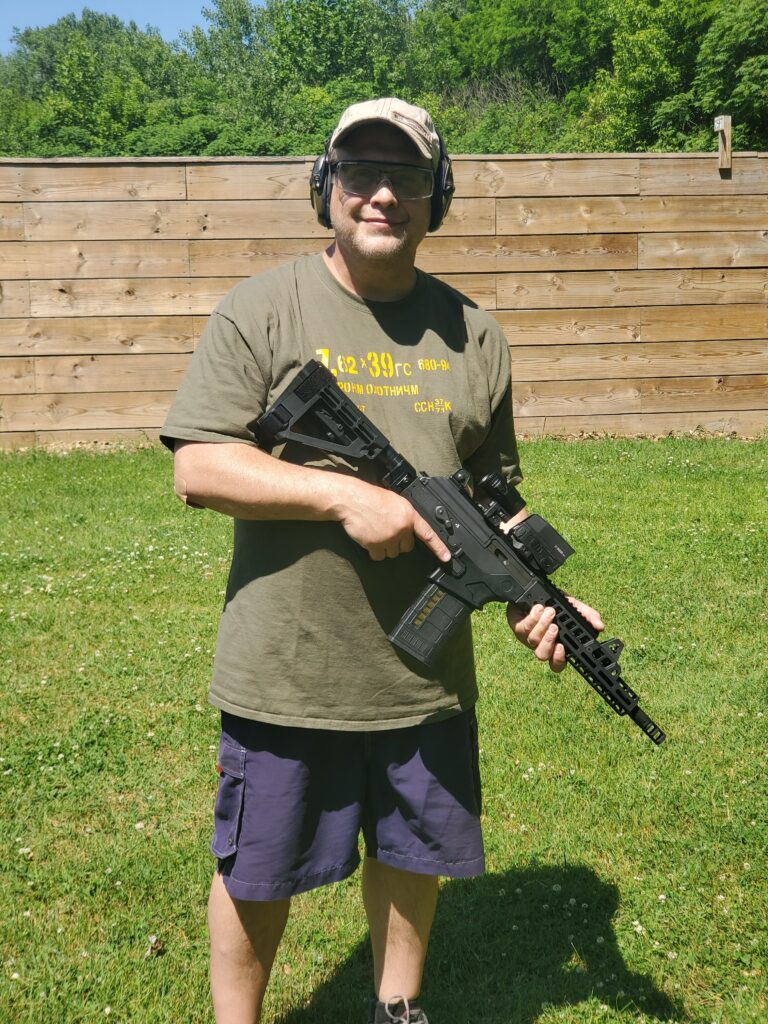
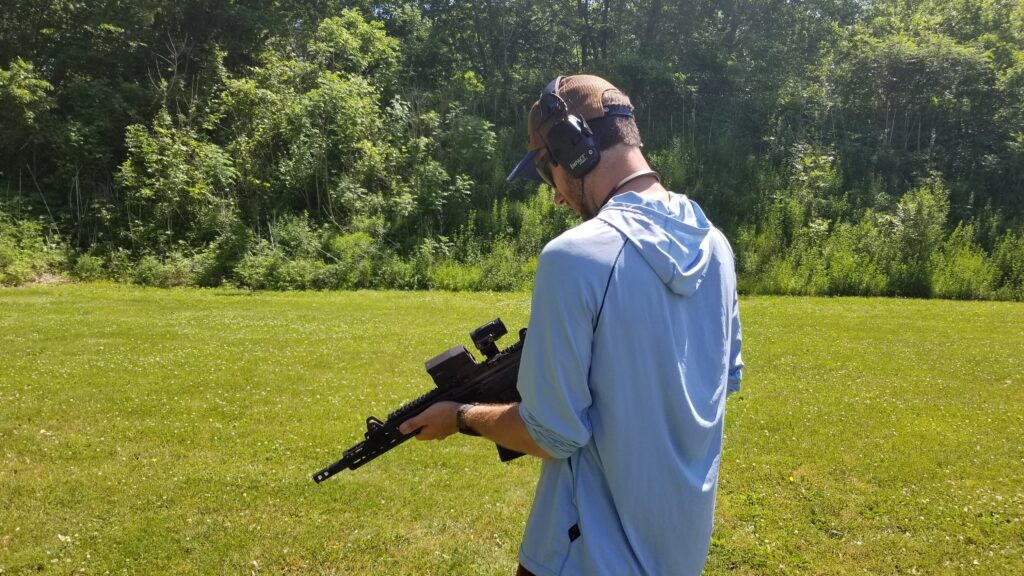
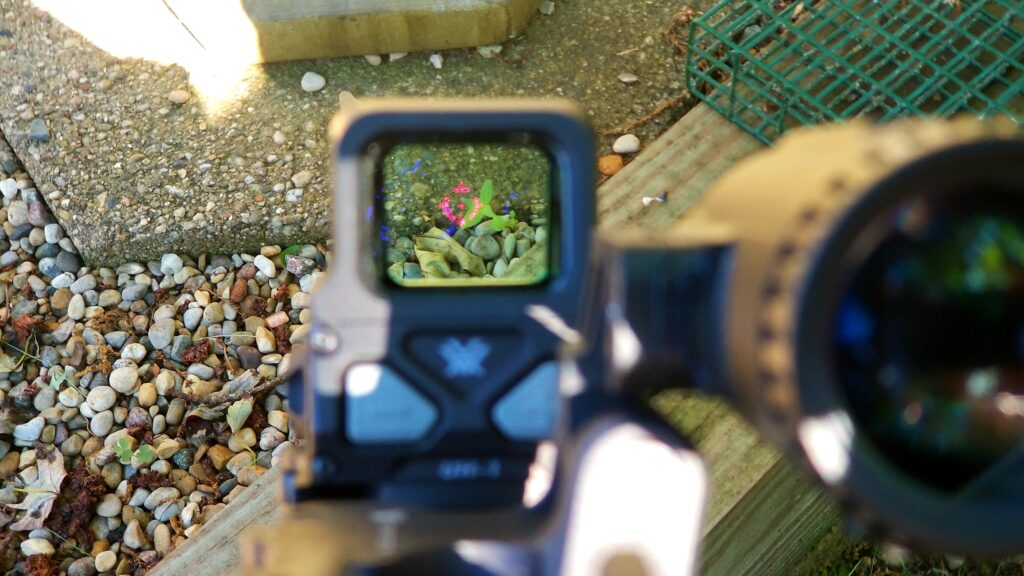
In Summary
I really like the pairing of the UH-1 optic and the V3XM magnifier on my Galil Ace. The pairing works really, really well and I am already planning on getting one of the new second generation UH-1 optics for a new build I am planning – a 7.25″ 12.7×42 (Beowulf) pistol 🙂
If you find this post useful, please share the link on Facebook, with your friends, etc. Your support is much appreciated and if you have any feedback, please email me at in**@*********ps.com. Please note that for links to other websites, we are only paid if there is an affiliate program such as Avantlink, Impact, Amazon and eBay and only if you purchase something. If you’d like to directly contribute towards our continued reporting, please visit our funding page.
